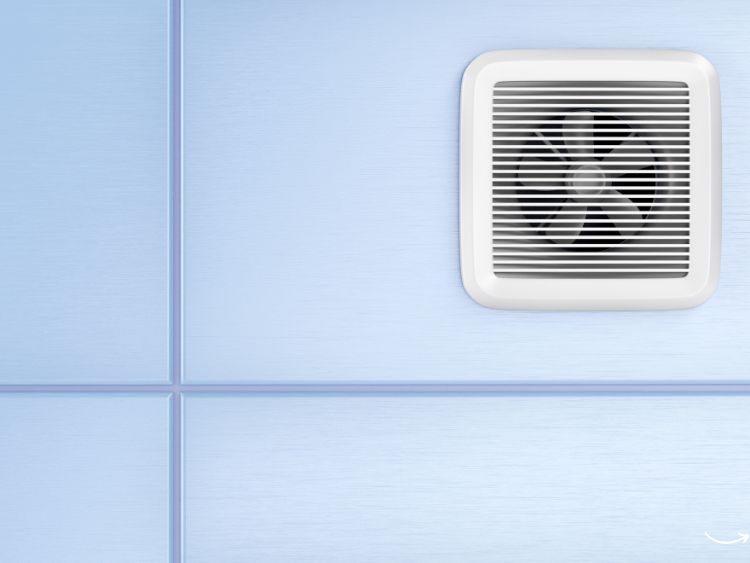Ever walked into your garage and been hit with a wave of musty, stale air? Yuck! Proper ventilation is key to keeping your garage a safe, comfortable, and fresh space. Whether you’re working on your car, storing equipment, or just using it as an extra room, garage ventilation is crucial. In this comprehensive guide, we’ll delve into the importance of garage ventilation, explore various methods, and help you choose the best system for your needs. Let’s get started!
The Importance of Garage Ventilation
Health and Safety
First and foremost, garage ventilation is about health and safety. Poor ventilation can lead to a buildup of harmful fumes from car exhaust, chemicals, and other hazardous materials. This can pose serious health risks, including respiratory problems and even carbon monoxide poisoning.
Moisture Control
Another biggie is moisture control. Without proper ventilation, your garage can become a breeding ground for mold and mildew. This can damage your belongings and create an unhealthy environment. Plus, excess moisture can lead to rust on tools and vehicles, which is a headache you don’t need.
Temperature Regulation
Finally, let’s talk temperature. In the summer, a poorly ventilated garage can turn into a sweltering oven. In the winter, it can be a chilly icebox. Good ventilation helps regulate the temperature, making your garage more usable year-round.
Types of Garage Ventilation
Now that we’ve covered why it’s important, let’s dive into the how. There are several types of garage ventilation systems, each with its own benefits.
Natural Ventilation
Natural ventilation is the simplest and most cost-effective method. It relies on openings like windows, doors, and vents to allow air to flow in and out.
- Windows and Doors: Opening windows and doors is a straightforward way to improve airflow. However, it’s not always practical, especially in extreme weather conditions.
- Wall Vents: Installing wall vents can enhance natural ventilation. They allow air to enter and exit, helping to keep the garage fresh.
Mechanical Ventilation
Mechanical ventilation uses fans and other devices to circulate air. It’s more effective than natural ventilation, especially in enclosed spaces.
- Exhaust Fans: These are mounted on the walls or ceiling and pull stale air out of the garage. They’re great for removing fumes and moisture.
- Supply Fans: These bring fresh air into the garage. They work well in combination with exhaust fans to ensure a steady airflow.
Ventilation Systems
For the ultimate solution, consider a full ventilation system. These systems are designed to provide optimal airflow and can be customized to your specific needs.
- HVAC Systems: Heating, ventilation, and air conditioning systems offer complete climate control. They’re more expensive but provide the best results.
- Whole-House Fans: If your garage is attached to your home, a whole-house fan can improve ventilation in both areas.
Choosing the Right Ventilation System
When choosing a ventilation system, consider the size of your garage, how you use it, and your budget. Here are some tips to help you decide:
Garage Size
- Small Garages: For smaller garages, natural ventilation or a simple exhaust fan may be sufficient.
- Large Garages: Larger garages may require a combination of exhaust and supply fans or a full HVAC system.
Usage
- Occasional Use: If you only use your garage occasionally, natural ventilation or a basic fan should do the trick.
- Frequent Use: For those who use their garage regularly, a more robust system like an HVAC or whole-house fan is recommended.
Budget
- Low Budget: Natural ventilation and wall vents are the most affordable options.
- Medium Budget: Mechanical ventilation systems like exhaust and supply fans are a good mid-range choice.
- High Budget: For the best results, invest in a full HVAC system.
Installation Tips
Once you’ve chosen your ventilation system, proper installation is key to ensuring it works effectively. Here are some tips:
Placement
- Exhaust Fans: Install exhaust fans high on the wall or ceiling to remove hot, stale air.
- Supply Fans: Place supply fans lower to bring in cool, fresh air.
Maintenance
- Regular Cleaning: Keep your vents and fans clean to prevent dust buildup and ensure they operate efficiently.
- Check for Leaks: Regularly inspect your system for leaks or damage that could compromise its effectiveness.
FAQs
Why is garage ventilation important?
Garage ventilation is crucial for health and safety, moisture control, and temperature regulation. It helps remove harmful fumes, reduces mold and mildew, and keeps the garage at a comfortable temperature.
How can I ventilate my garage naturally?
Natural ventilation can be achieved by opening windows and doors, installing wall vents, or using passive ventilation systems that rely on natural air flow.
What’s the difference between exhaust and supply fans?
Exhaust fans remove stale air from the garage, while supply fans bring fresh air in. Using both in combination provides the best ventilation.
Can I install a ventilation system myself?
While some ventilation systems can be DIY projects, more complex systems like HVAC should be installed by professionals to ensure they are set up correctly and safely.
Conclusion
Garage ventilation is not just a luxury; it’s a necessity. By understanding the importance of proper ventilation and the different methods available, you can create a safe, comfortable, and fresh garage environment. Whether you opt for natural ventilation, mechanical systems, or a full HVAC setup, investing in good ventilation will pay off in the long run. So go ahead, breathe easy and enjoy your garage to the fullest!




